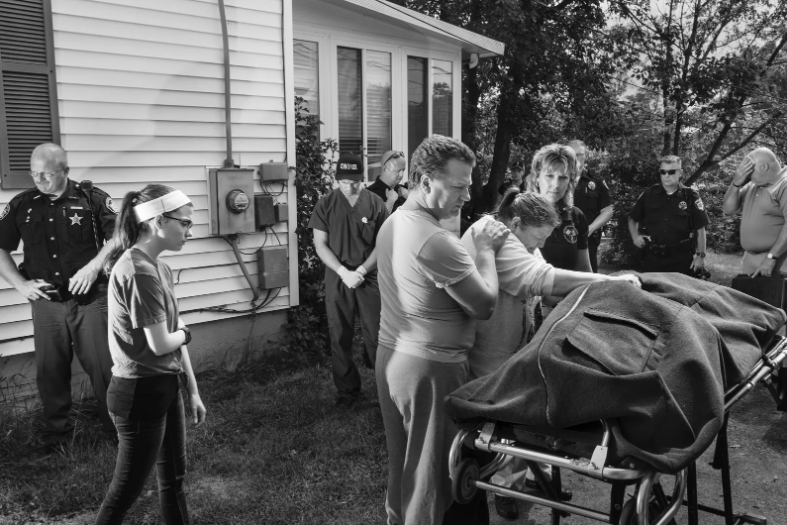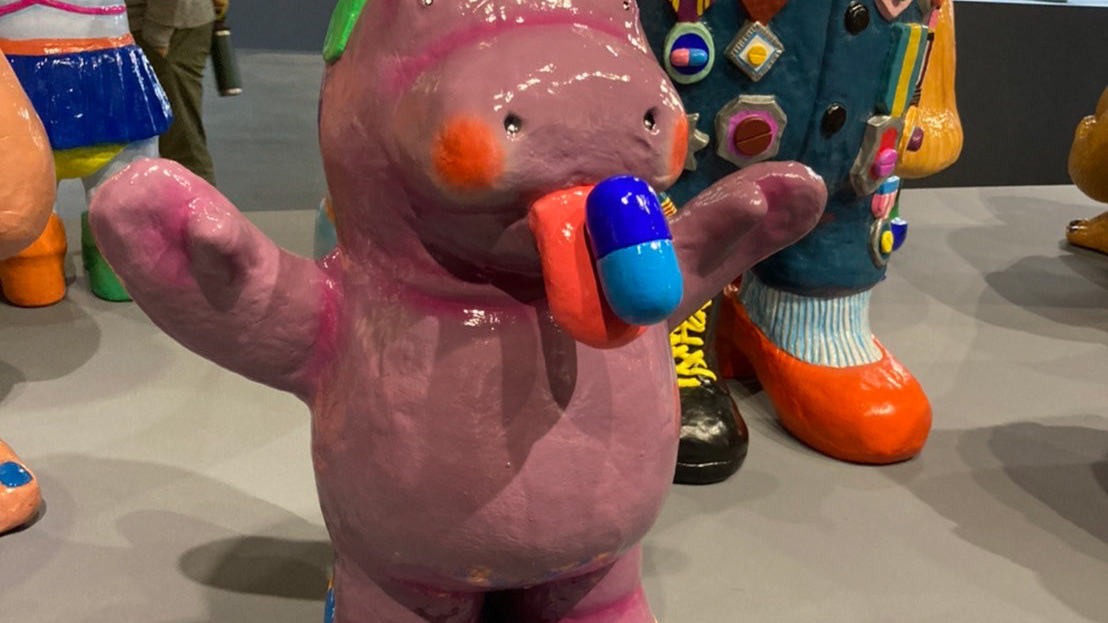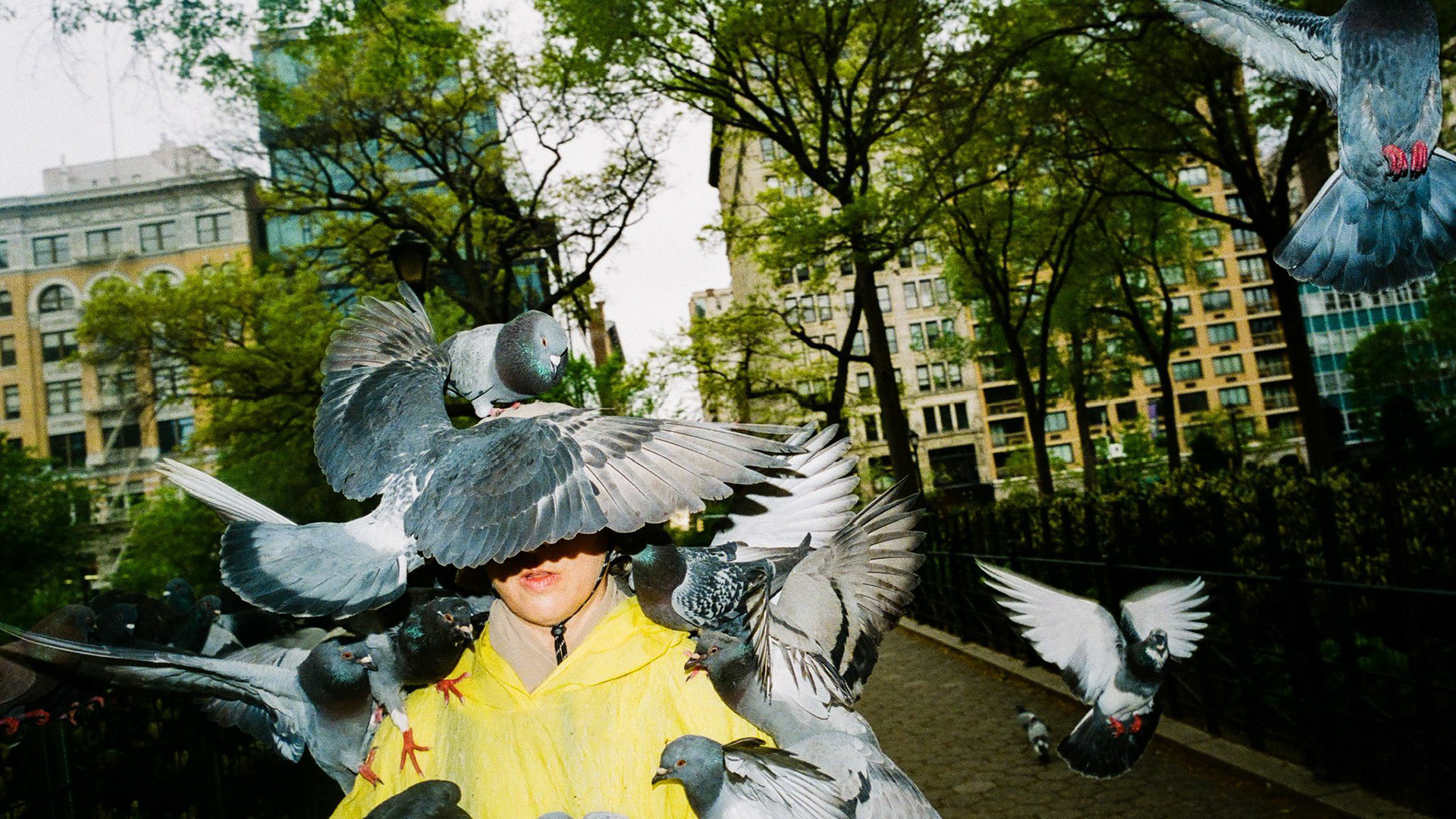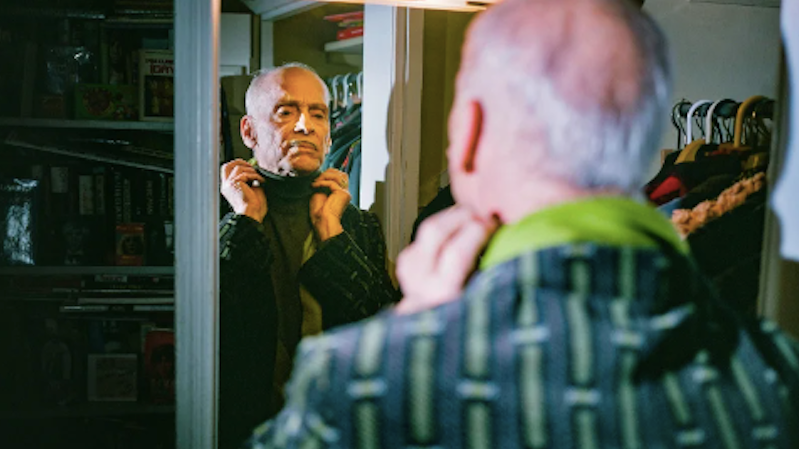Philip Montgomery for The New York Times,
'How Do You Maintain Dignity for the Dead in a Pandemic?'
I call it the latest iconic picture.
20 years from now, let's see if I'm right.
Philip Montgomery for The New York Times. Farenga Funeral Home (2020)
One day, my girlfriend asked me "What is the latest iconic picture in your opinion?" The first picture that popped up in my head was Philip Montgomery's New York Times issue 5.17.20 cover, Mr.Purewal in the casket, and his wife's gloved hand stroking his head. It is truly honest to the heartbroken reality we live in at that time. The conversation took me back to the How Do You Maintain Dignity for the Deaf in a Pandemic? article again and I found out, that the most striking picture in that article for me is not the cover picture but the embalming hand picture.
Philip Montgomery started his photography career in the reportage field before shift to be more studio-based portraitures. When pandemic hits. He, as he called himself 'over-the-top in love for New York', didn't have any plan to leave. Most of his shooting was canceled so he took time to dive back into his journalistic aspect again.

Philip Montgomery. Hurricane Harvey. (2017)

Philip Montgomery. Brandon Mansilla Derqui holds a blanket memorializing his stepsister Jessica Sarandrea, a twenty-two-year-old Army specialist who was killed in Iraq (2018)

Philip Montgomery. Minnesota National Guards at the George Floyd protest. (2017)

Philip Montgomery. Family mourn opioid overdose dead. (2017)

Philip Montgomery. Family mourn opioid overdose dead. (2017)
"(Philip Montgomery's) pictures make people slow down." Kathy Ryan, director of photography of The New York Times mentions in Aperture why they choose Philip Montgomery for reporting pandemic tragedy, from hospital to funeral home. "They make me think of the sort of golden era of Life magazine when people really stared at a picture. It’s so hard now, with everybody looking on their phones, and pictures go by so quickly."
We, as a people, tend to look away from death. It scares us and recedes us. The lifeless body makes us freeze by the abnormality of what we are familiar with, So what Philip Montgomery (and also Kathy Ryan) want us to stare at is exactly what we program to look away.

Philip Montgomery for The New York Times. Farenga Funeral Home (2020)

Philip Montgomery for The New York Times. Farenga Funeral Home (2020)
He does that to us through his magnificent lighting and framing which enrich Sal Farenga's sensitive embalming process at the Farenga Brothers funeral home (above right). Montgomery recalls that scenario, Sal was talking to his colleague, but at the same time, he really took care of the decrease with great respect. The dignity for death is what Montgomery sees and what he presented to us. Despite how hard it is for the living one.
That's what makes it stand out for me. It shows brutality of the pandemic and also the kindness of people who handle it. It captures the hard truth in our era in harsh way. It's deprograms us to look at painful pain, to accept the heaviness that society bear.

Philip Montgomery for The New York Times. Farenga Funeral Home (2020)
Weeks later, I discuss with my friends about photojournalism ethics on showing a dead body. We came to the point of shock value, that showing face to acknowledge that the dead is a human is important for the audience to shock and to feel the impact. I raise How Do You Maintain Dignity for the Dead in a Pandemic? as a solid reason why showing dignity to the dead aka ethic, shock value, and impact is not a separate choice.
Reading Note
Maggie Jones for The New York Times, How Do You Maintain Dignity for the Dead in a Pandemic? (2020)
The New York Times, Behind the Cover:Funeral Homes (2020)
Kathy Ryan for Aperture, How One Photographer Covered the Unfolding of the Pandemic (2021)









